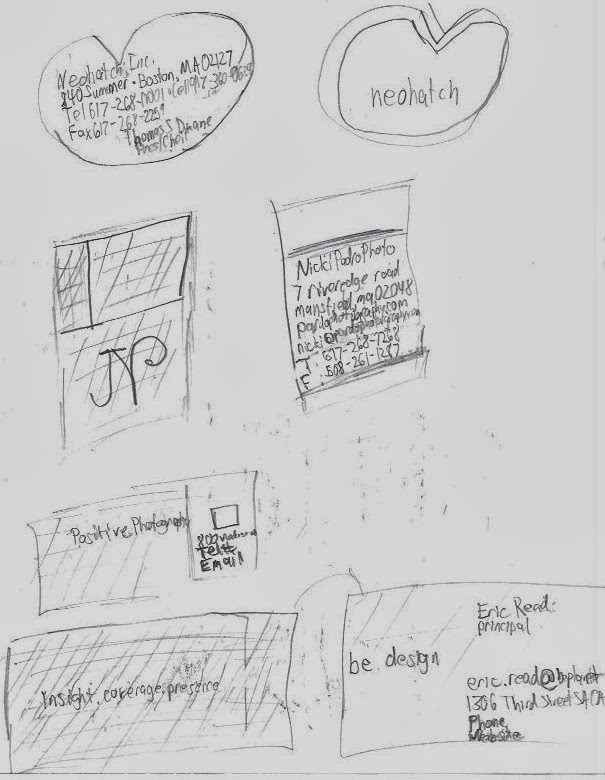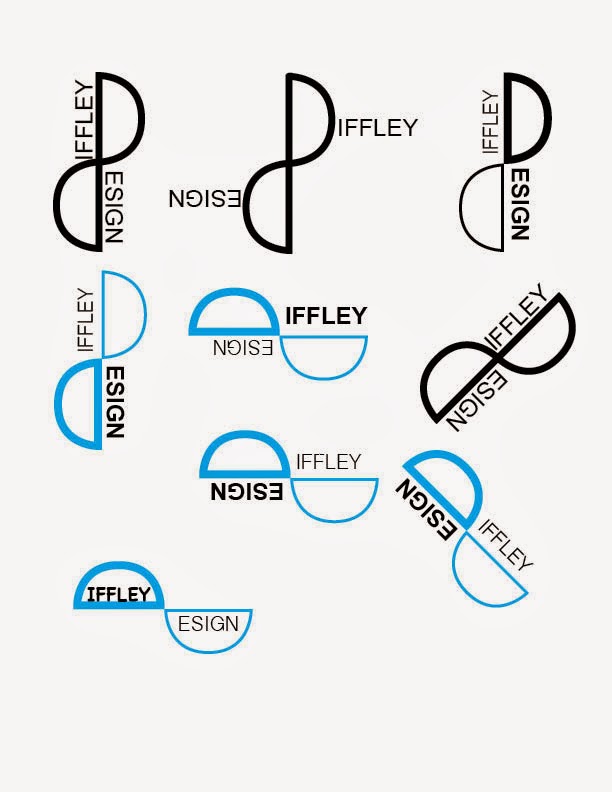Now that I am finishing college and looking to start a career I am getting a lot of advice from a lot of different people I know.
The advice goes something like this:
- Pick what you love to do and figure out how to make a career doing it.
- If you could do anything without the risk of failing, what would you do? Go do that.
- Don’t be afraid to fail.
I appreciate the advice, and I understand what they mean by the advice.The problem is I am not sure if it is necessarily the best career advice.
- There are many things that I love to do, but I don't know if I will be able to make career out of doing it.
- I know failing is a teachable moment but reckless failure can also be very harmful.
- Everyone is afraid to fail. Telling someone not to be afraid to fail is easier said than done.
In reading I have come across some advice that I think will be more useful to me. One piece of advice that spoke to me, is that with experience and a lot of practice will come an increase in skill levels that will lead me to new and different paths. Cal Newport, writes in Maximize Your Potential: Grow Your Expertise, Take Bold Risks & Build An Incredible Career, about the author Bill McKibben, who wrote,The End of Nature. Before McKibben went off into the wilderness and wrote his book he worked for many years as a writer. Cal Newport writes that it was because of McKibbens years of writing experience that he was able to cultivate his skills and eventually make his own path. Newport wrote that,“the systematic development of skill (such as McKibben ripping through more than five hundred articles between 1979-and 1987) almost always precedes passion.”p31 Doing, gaining experience and gaining valuable skills should be my priority as I begin my career.
Another piece of advice I have taken is that the world is very competitive and is ever changing. Keeping that in mind and keeping in mind that I am my best investment, it is good advice to be constantly developing new skills. Robert Safian writes in Maximize Your Potential: Grow Your Expertise, Take Bold Risks & Build An Incredible Career, “That’s the challenge for businesses, and that’s the challenge for individuals: understanding the point at which you are protecting what you know and defending what you know, instead of looking at what else you can learn and how you can grow.” p48.
In reading Maximize Your Potential: Grow Your Expertise, Take Bold Risks & Build An Incredible Career, I have given some thought to failing. Although I admitted earlier that I am afraid to fail, I think it is important to say that I find to fail intentionally or recklessly is scary. I have failed in the past and I know I have survived just fine and have undoubtedly learned from these failures. I know I will fail again, and will survive and learn again. I think however in a career, one should consider the consequences of their actions and decide if these possible consequences are worth the risk of failing. Sometimes that answer will be no but many times that answer may be yes. It is a calculated risk of failing. Ben Casnocha advises in, Maximize Your Potential: Grow Your Expertise, Take Bold Risks & Build An Incredible Career, to take intelligent risks. He wrote, “Because the flip side of every opportunity is risk, if you’re not taking risks, you’re not finding the breakout opportunities you are looking for.” 41
Advice I plan to keep in mind:
- If you keep doing, keep gaining experience and keep sharpening your skills, you will love what you do and you will make a career doing it.
- Remember you are your best investment. Keep growing by learning new skills.
- Don’t be afraid to take “intelligent risks” to find opportunities.
Sources
Glei, Jocelyn K., ed. Grow Your Expertise, Take Bold Risks & Build An Incredible Career. Las Vegas: Amazon, 2013. Print.
































